Prepared by Alice Klein.
Latin America generally has strict abortion laws, but Nicaragua is one of the few countries in the world to outlaw therapeutic abortion; that is ‘the termination of pregnancy before fetal viability in order to preserve maternal health’.[1] This includes when the mother’s or baby’s health and/or life is at stake.
Nicaragua’s ban came into force in October 2006, supported by the FSLN (Sandinista Front for National Liberation) who made a cynical alliance with conservatives in order to woo the Catholic Church in the run up to national elections.[2]
In November 2007, the Ortega government added criminal sanctions to the law. The Penal Code stipulates prison sentences for girls and women who seek an abortion and for health professionals who provide health services associated with abortion.[3] This includes sanctions for doctors and nurses who treat a pregnant woman or girl for illnesses such as cancer, malaria, HIV/AIDS or cardiac emergencies where such treatment is contraindicated in pregnancy and may cause injury to or death of the embryo or foetus.
It even goes as far as punishing girls and women who have suffered a miscarriage, as in many cases it is impossible to distinguish spontaneous from induced abortions. Indeed, Human Rights Watch say the most wide-ranging effect of the ban is the surge in fear of seeking treatment for pregnancy-related complications, such as hemorrhaging.[4]
Amnesty International says the ban is endangering the lives of girls and women, denying them life-saving treatment, preventing health professionals from practicing effective medicine and contributing to an increase in maternal deaths across the country.[5] The human rights group says that according to official figures, 33 girls and women died in pregnancy between January and June 2009, compared to 20 in the same period in 2008.
Despite attempts by the country’s feminists to campaign against the ban, President Ortega’s government has responded by attempting to silence them.[6] In September 2008, the Nicaraguan government launched ‘Operation No More Lies’ against NGOs it accused of embezzlement, money-laundering and subversion. It said the organisations’ promotion of human rights, gender equality and poverty reduction were “modern-day trojan horses” and a rightwing plot to destabilise the administration.
The following month, authorities raided the offices of the Communications Research Centre (CINCO) which works with the Autonomous Women’s Movement (MAM). Their work is financed by eight European governments and administered by Oxfam UK.[7] It aims to promote “the full citizenship of women,” but Ortega’s wife Rosario Murillo called it “Satan’s fund” and “the money of evil.”[8]
Murillo has since formed her own women’s group and penned a manifesto titled ‘The ‘Feminist’ Connection and Low Intensity Warfare’ in which she characterises feminists as oligarchs, counterrevolutionaries, and well-paid agents of imperialism.[9]
Critics have described these actions as a further sign of intolerance and authoritarianism by the once-revolutionary Ortega.[10]
[1] Emedicine obstetrics and gynaecology, http://emedicine.medscape.com/article/266440-overview (Accessed 11/08/09)
[2] ‘The government war on women’s rights in Nicaragua’, http://www.socialism.com/fsarticles/vol30no1/nicaragua.html (Accessed 11/08/09).
[3] Amnesty International (2009) ‘The total abortion ban in Nicaragua: Women’s lives and health endangered, medical professionals criminalized’, Amnesty International, New York.
[4] Human Rights Watch (2007) ‘Over their dead bodies: Denial of access to emergency obstetric care and therapeutic abortion in Nicaragua’, Human Rights Watch, New York.
[5] Op.cit. Amnesty International.
[6] See note 2.
[7] Rory Carroll (2008) ‘Oxfam targeted as Nicaragua attacks ‘trojan horse’ NGOs’, The Guardian, 14/10/08.
[8] Roger Burbach (2009) ‘Et Tu Daniel? The Sandinista revolution betrayed’, NACLA March/April: 33-43.
[9] Interview with Nicaraguan feminist Helen Dixon in Managua, July 2009.
[10] Op.cit. Burbach.
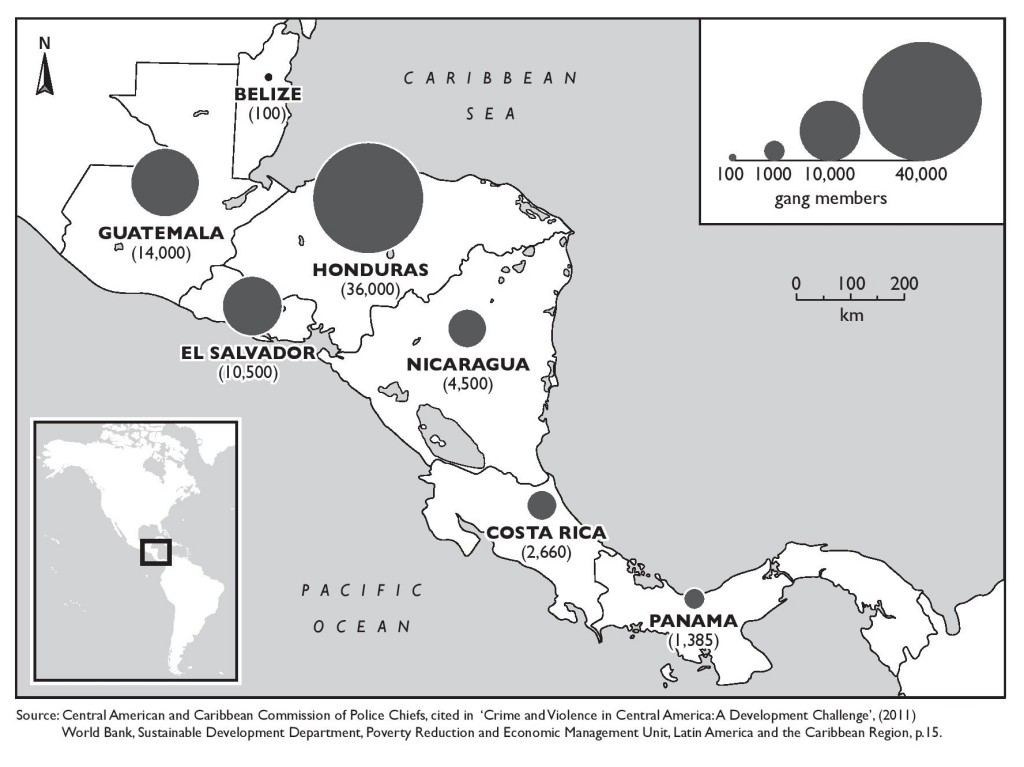
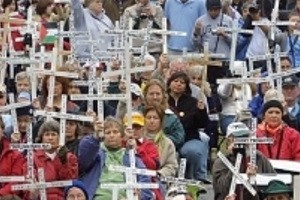

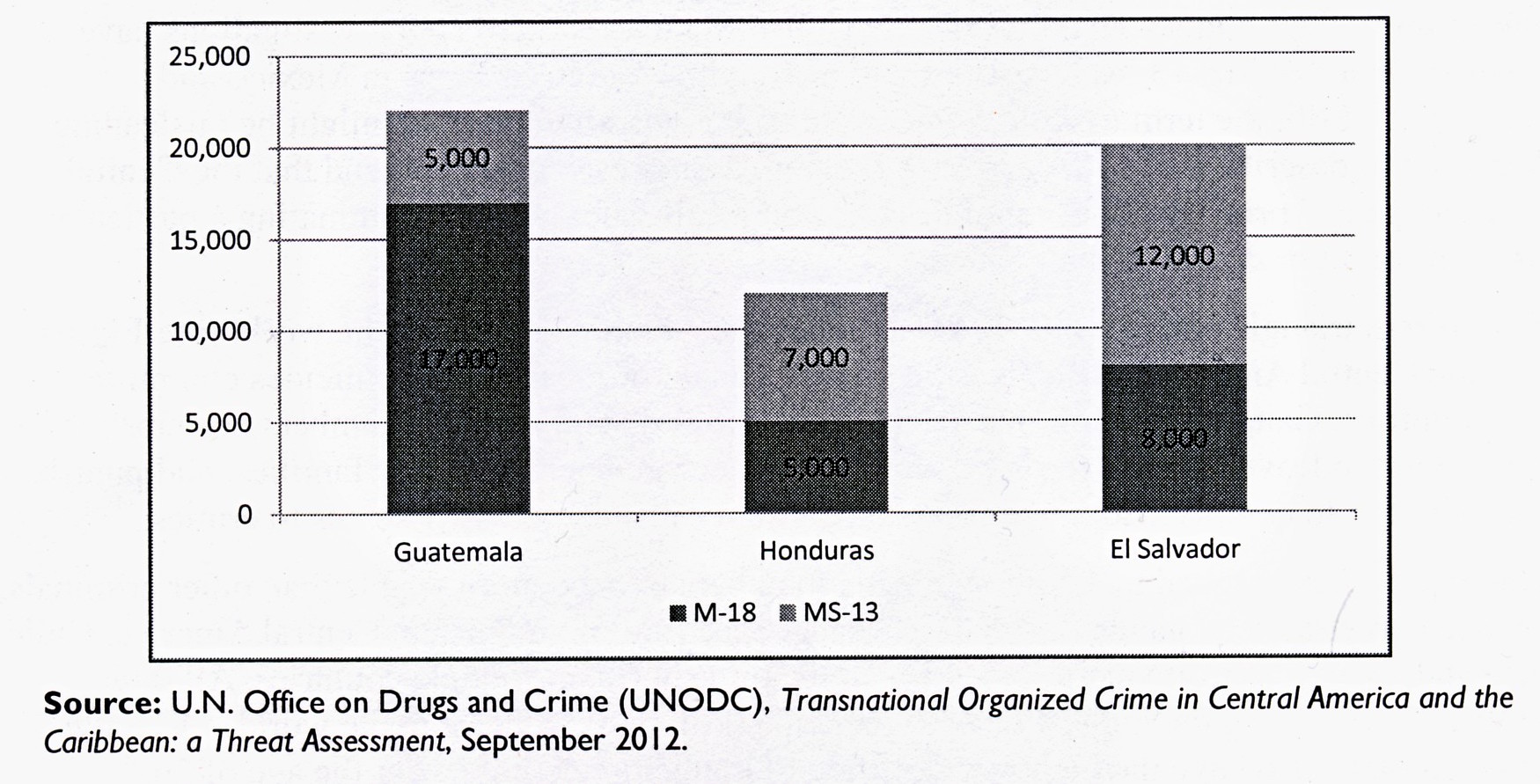
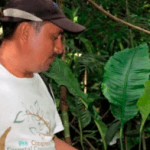
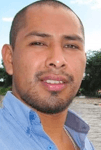
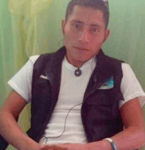
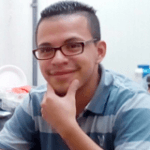
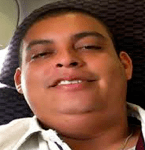
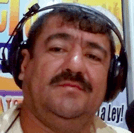
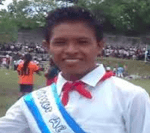

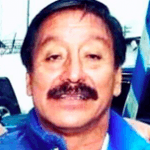
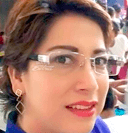
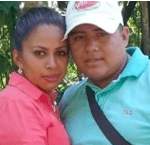
 On 19th June at about 6 pm, Brenda Marleni Estrada Tambito (shown left) was driving through Zone 1 of Guatemala City when a vehicle drove up next to her. The occupants of the vehicle opened fire and killed her. She was a member of the Coalition of Workers’ Unions of Guatemala (UNSITRAGUA) and the sub-coordinator of the Legal Aid Commission within the union. UNSITRAGUA brings together workers’ unions from different industries, as well as self-employed workers and independent farmers. She was the daughter of lawyer Jorge Estrada, who is currently involved in investigating and assessing labour rights in several banana plantations in Izabal.
On 19th June at about 6 pm, Brenda Marleni Estrada Tambito (shown left) was driving through Zone 1 of Guatemala City when a vehicle drove up next to her. The occupants of the vehicle opened fire and killed her. She was a member of the Coalition of Workers’ Unions of Guatemala (UNSITRAGUA) and the sub-coordinator of the Legal Aid Commission within the union. UNSITRAGUA brings together workers’ unions from different industries, as well as self-employed workers and independent farmers. She was the daughter of lawyer Jorge Estrada, who is currently involved in investigating and assessing labour rights in several banana plantations in Izabal.